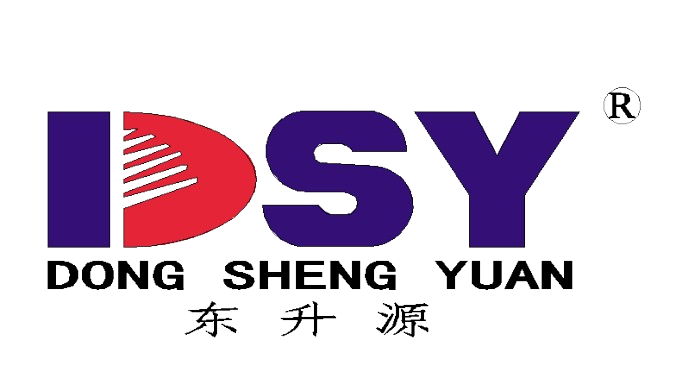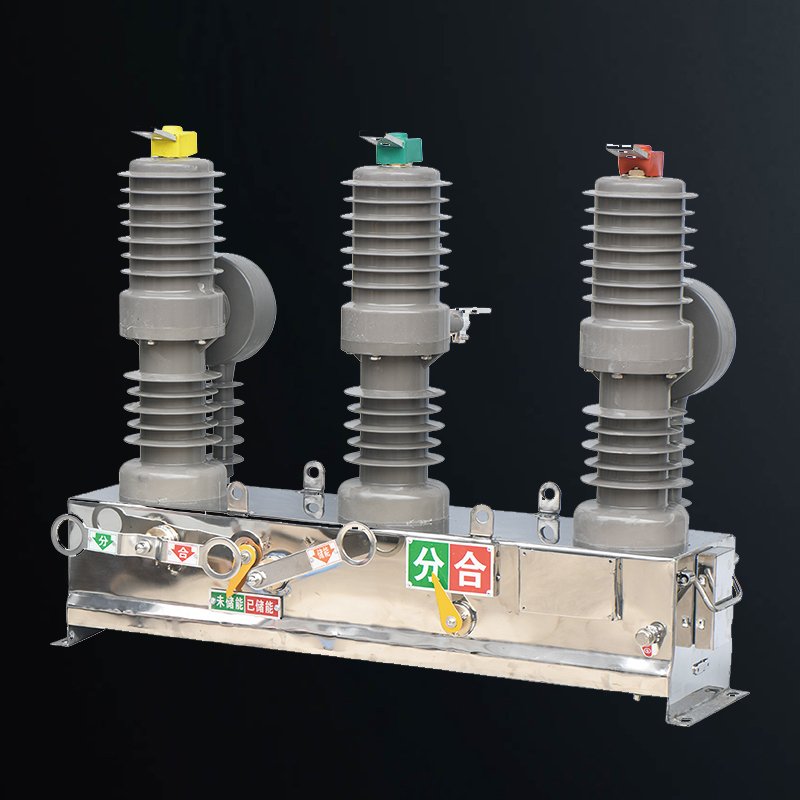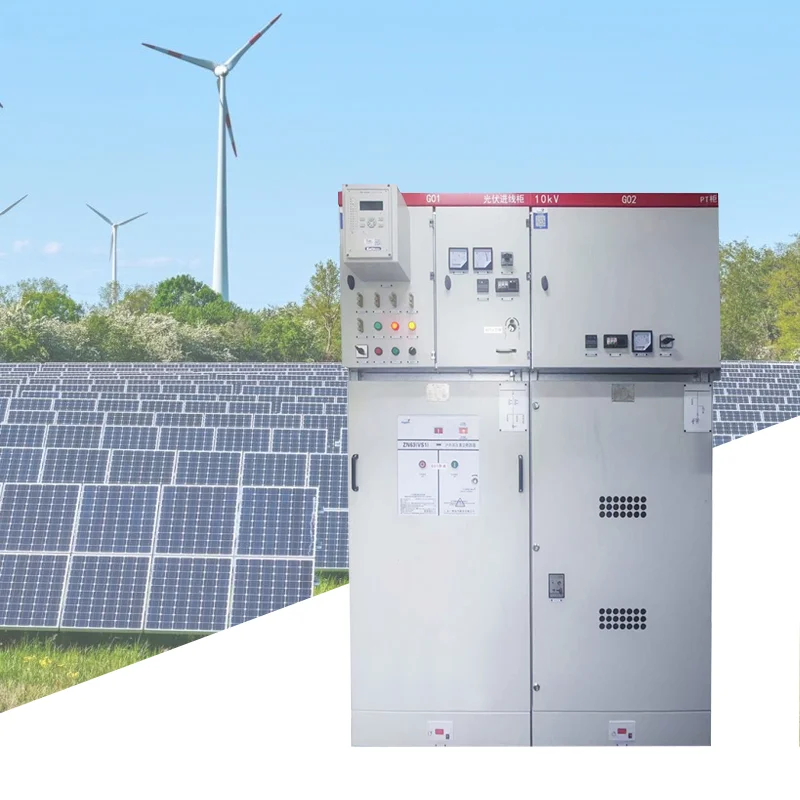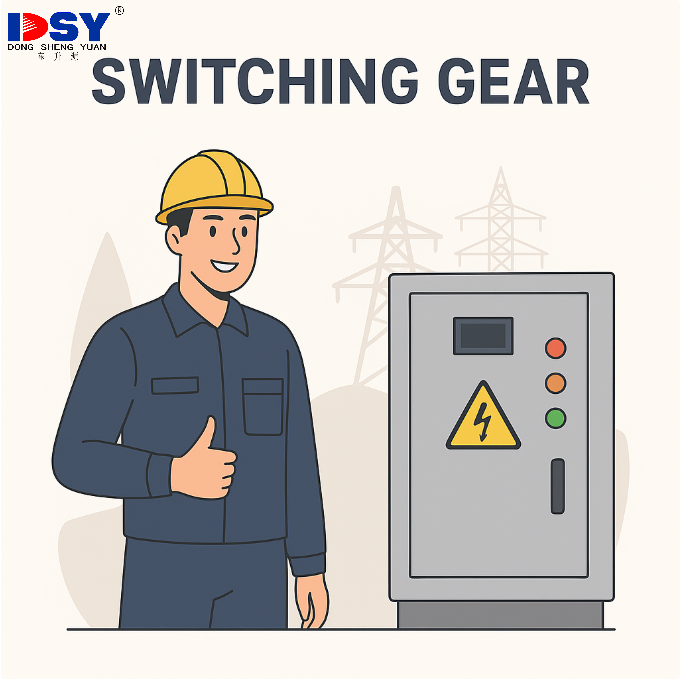LV Switchgear Buying Guide: 6 Types & Critical Tips
Introduction — Buy Right, Avoid Costly Delays
For procurement managers and industrial buyers, selecting the correct low voltage (LV) switchgear is a purchase decision with long-term consequences.
The wrong selection can cause failed inspections, unexpected downtime, and expensive retrofits; the right selection secures compliance, lowers lifecycle cost, and reduces operational risk.
This guide focuses on the LV switchgear types most relevant to industrial procurement — what each type delivers, the procurement checks you must perform, and how to avoid common selection mistakes.
What Low Voltage Switchgear Means for Buyers
Low voltage switchgear generally covers assemblies rated up to 1 kV AC (equipment definitions and verification requirements are formalized in IEC 61439 family standards).
From a buyer’s view, the most important attributes are: rated short-circuit withstand/breaking capacity, protection & trip characteristics, enclosure and IP rating, and verified compliance to applicable standards.
Verifying these attributes upfront prevents specification mismatches that cause project delays and safety issues.
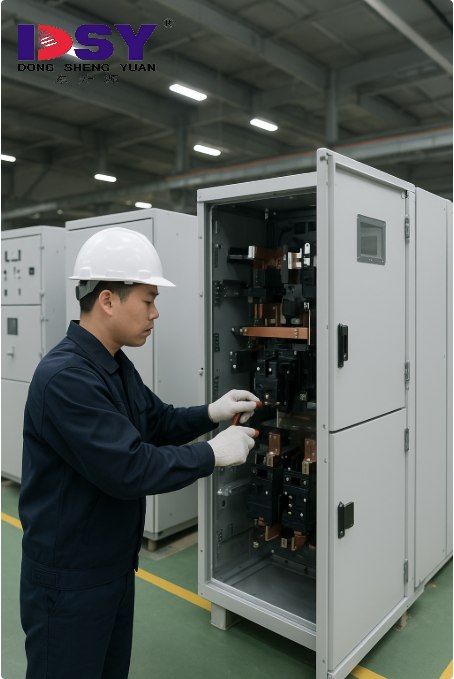
Types of Low Voltage Switchgear — Procurement-Focused Overview
Air Circuit Breaker (ACB) Panels
Why procurement chooses ACBs: ACBs serve as main incoming breakers for high-current systems and protect against severe fault currents.
Procurement risk: an underspecified ACB (insufficient breaking capacity or incorrect trip unit) may fail during faults, causing major downtime and replacement costs.
What to check when buying: confirmed short-circuit breaking capacity, trip unit type (electronic vs thermal-magnetic), manufacturer test reports, and compliance to relevant IEC/ANSI/UL clauses.
Molded Case Circuit Breaker (MCCB) Panels
Why procurement chooses MCCBs: MCCBs protect feeder circuits and offer adjustable trip settings for coordination.
Procurement risk: using low-rated or uncertified MCCBs can produce nuisance trips or overheating in continuous high-duty environments.
What to check when buying: frame rating vs required continuous current, rated short-circuit capacity, thermal-magnetic vs electronic trip settings, and test/certification documentation from the supplier.
Miniature Circuit Breaker (MCB) Distribution Boards
Why procurement chooses MCBs: MCBs are economical for branch circuits and small loads.
Procurement risk: deploying MCBs where feeder-grade protection (MCCB) is required invites overload failures and safety breaches.
What to check when buying: rated current per pole, breaking capacity, IP/IK rating (for site environment), and whether distribution boards comply with IEC 61439-3 (distribution boards rules where applicable).
Motor Control Centers (MCCs)
Why procurement chooses MCCs: MCCs centralize motor protection and control for automated processes.
Procurement risk: off-the-shelf panels without proper motor coordination or vendor FAT increase startup issues and motor failures.
What to check when buying: support for motor starter types (soft start, VFD integration), modularity, FAT procedures, and vendor experience in your industry segment (oil & gas, water utilities, etc.).
Capacitor Banks & Power Factor Correction Panels
Why procurement buys them: reduce reactive power, improve utility billing and voltage stability.
Procurement risk: underspecified or poor quality capacitors fail early and deliver negative ROI.
What to check when buying: kVAR rating, presence of harmonic filters, expected capacitor replacement interval, and an ROI/TCO analysis for payback.
Smart / Digital LV Switchgear
Why procurement considers smart gear: real-time monitoring, remote diagnostics, and predictive maintenance can reduce unplanned outages.
Procurement risk: nonstandard communication protocols or weak cybersecurity posture can create integration and security liabilities.
What to check when buying: supported protocols (Modbus, IEC 61850 where applicable), firmware update processes, cybersecurity features, and clear integration documentation.
Comparison Table — Quick Procurement Snapshot
| Type | Primary Function | Typical Use | Procurement Checks | Key Risk if Misapplied |
|---|---|---|---|---|
| ACB Panels | Main incoming distribution | Data centers, heavy plants | Breaking capacity, trip unit, IEC/UL proof | Failure under fault current → major downtime |
| MCCB Panels | Feeder protection | Factories, commercial sites | Frame rating, certification, coordination | Nuisance trips / overheating |
| MCB Boards | Branch protection | Offices, residential | Rated current, IP rating | Overload failure |
| MCCs | Motor control | Manufacturing, water, mining | Modularity, FAT, vendor experience | Poor motor protection & downtime |
| Capacitor Banks | Power factor correction | Energy-intensive sites | kVAR, harmonics, ROI | Early failure, negative ROI |
| Smart LV Gear | Monitoring & remote control | Critical facilities | Protocols, cybersecurity, integration | Integration failure / security risk |
Procurement Checklist — What You Must Verify
- Standards & Certification: Request documented proof of compliance with applicable standards (e.g., IEC 61439 series for LV assemblies, UL 1558 for certain low-voltage metal-enclosed switchgear where NEC/UL compliance is required). Always retain the test reports with your procurement file.
- Short-Circuit & Breaking Capacity: Match the equipment’s fault rating to your site prospective fault current. A mismatch is a primary cause of field failures.
- Factory Acceptance Test (FAT) & Witnessing: Insist on a FAT with documented procedures and signed results before shipment — this prevents surprises and saves site rework. Typical FAT scope includes functional tests, interlocks, protection coordination, and secondary injection tests.
- Total Cost of Ownership (TCO): Assess purchase cost + installation + expected maintenance + spare parts + downtime cost. Request vendor MTBF/MTTR data where available.
- Documentation & Spare Parts: Confirm delivery of O&M manuals, wiring diagrams, software/firmware versions, and a spare parts list with lead times.
- Warranty & After-Sales: Clarify warranty scope, response SLA for critical faults, and local service partner availability.
- Environmental & Installation Conditions: Verify IP/IK ratings for outdoor or corrosive sites, seismic qualifications if applicable, and ventilation/cooling requirements.
- Integration & Future Proofing: For smart gear, confirm open protocols (e.g., IEC 61850 for substation/utility level integration) and firmware update policies.
Key Standards & Further Reading (Authoritative Sources)
- IEC 61439 — Low-voltage switchgear and controlgear assemblies (IEC webstore).
- UL 1558 — Metal-enclosed low-voltage power circuit breaker switchgear.
- IEC 61850 — Communication for intelligent devices (overview).
- UL — Low Voltage Distribution Systems Services (testing & certification).
- Factory Acceptance Test (FAT) — practical guide for buyers.
FAQ — Short Answers for Busy Buyers
Q: Do I always need UL 1558 certification?
A: Not always. UL 1558 is required or preferred in many North American applications and when compliance with NEC/UL is a project requirement. For international projects, IEC 61439 family compliance is most commonly requested. Check your local code and contract requirements.
Q: What is the minimum FAT scope I should require?
A: At minimum: functional verification of protection relays, interlocks, control logic, wiring checks, and simulation of typical operating sequences. Include signed FAT reports in the acceptance packet.
Q: How do I ensure future expansion won’t force a full replacement?
A: Prioritize modular, compartmentalized designs (withdrawable cells where needed) and order spare capacity in busbars and compartments where budget allows.
Conclusion — Reduce Risk, Secure Reliability
For procurement managers, LV switchgear selection is a risk management activity. Confirm standards, match fault ratings, require FAT, and evaluate TCO — these steps prevent field failures and keep projects on schedule. Selecting a certified, experienced supplier and documenting your technical checklist up front turns a risky procurement into a predictable delivery.
Take the Next Step
Contact our technical sales team to request datasheets, a tailored quotation, or our LV Switchgear Procurement Checklist .
